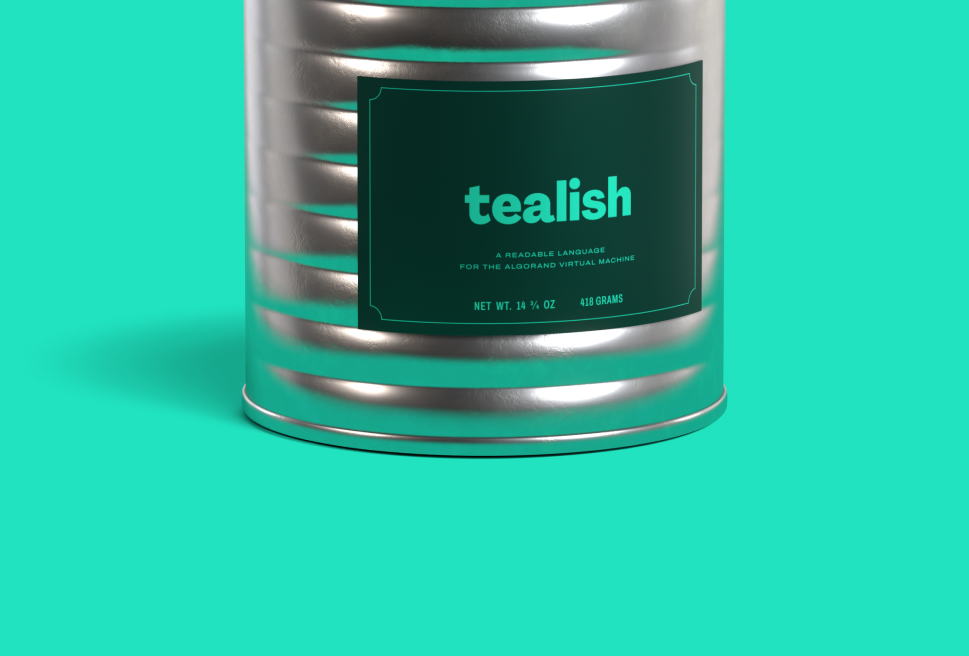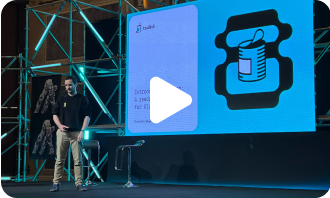FAQ¶
Which Opcodes does Tealish support?¶
All of them! Most opcodes are not implemented directly in Tealish but instead automatically understood by the compiler from the langspec.json. This file can be updated independently of Tealish using the CLI to make the compiler aware of opcodes newly added to go-algorand.
Does Tealish support ABI?¶
Tealish doesn’t yet have an ABI (Application Binary Interface) API. So, Tealish doesn’t help you to generate method or contract descriptions automatically.
However, implementing ABI compatible contracts using Tealish is possible. You should follow the ABI Conventions and generate the description manually.
It is likely that future versions of Tealish will allow for more automated ABI support.
What is the difference between block and func?¶
Similar to high level programming languages, Functions get some inputs and return some outputs. It simply allows using the a code block again and again. Blocks are helpful in managing the application flow.
Technically, TEAL uses scratchspace to temporarily store values. Tealish automatically manages scratchspace usage and assigns a slot to each variables. Blocks and Functions have different slot spaces. When a function is called, inputs are copied to reserved slot spaces of the function and outputs are copied to reserved slot spaces of the caller (block, function or program).
Does Tealish have a stateful and stateless mode?¶
No, Tealish doesn’t have modes. The author is responsible for using appropriate opcodes.
Can I use subroutines in Tealish?¶
Yes, Functions are subroutines under the hood.



